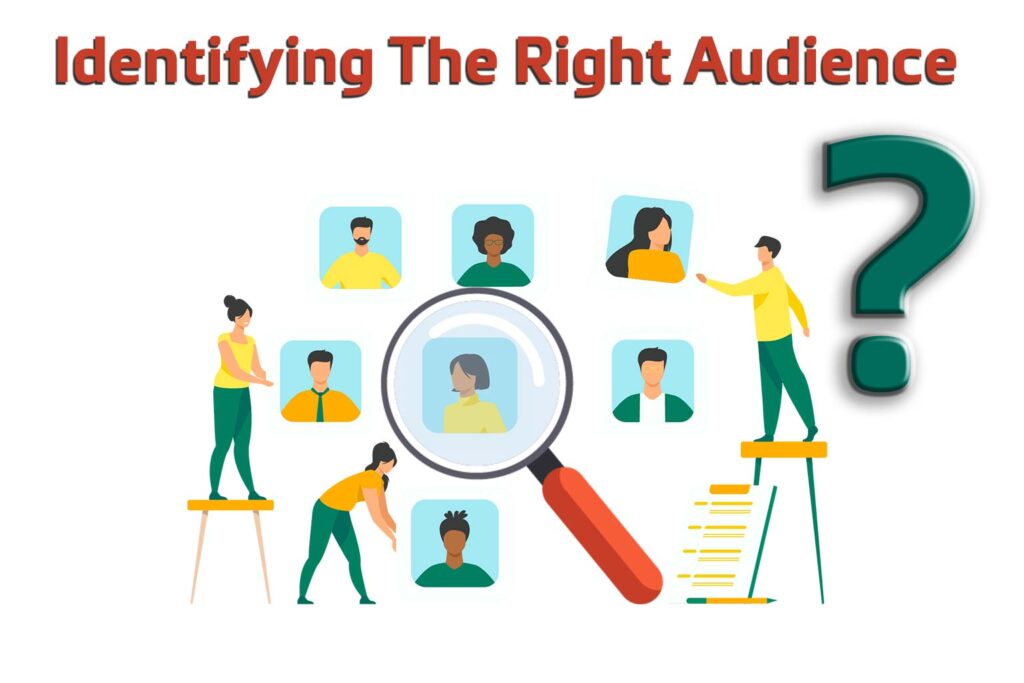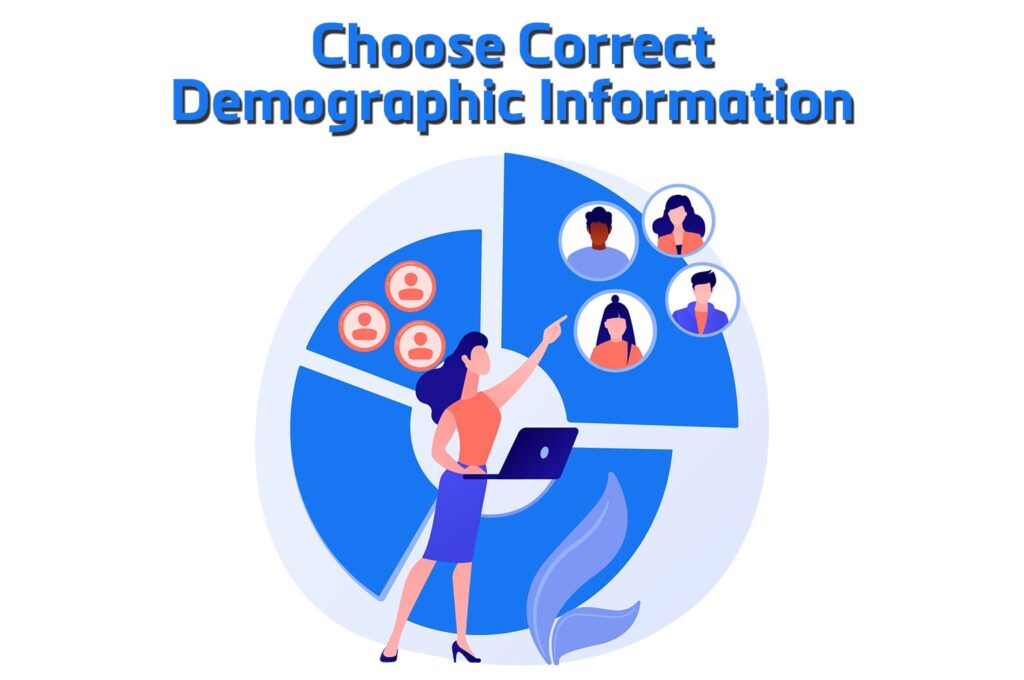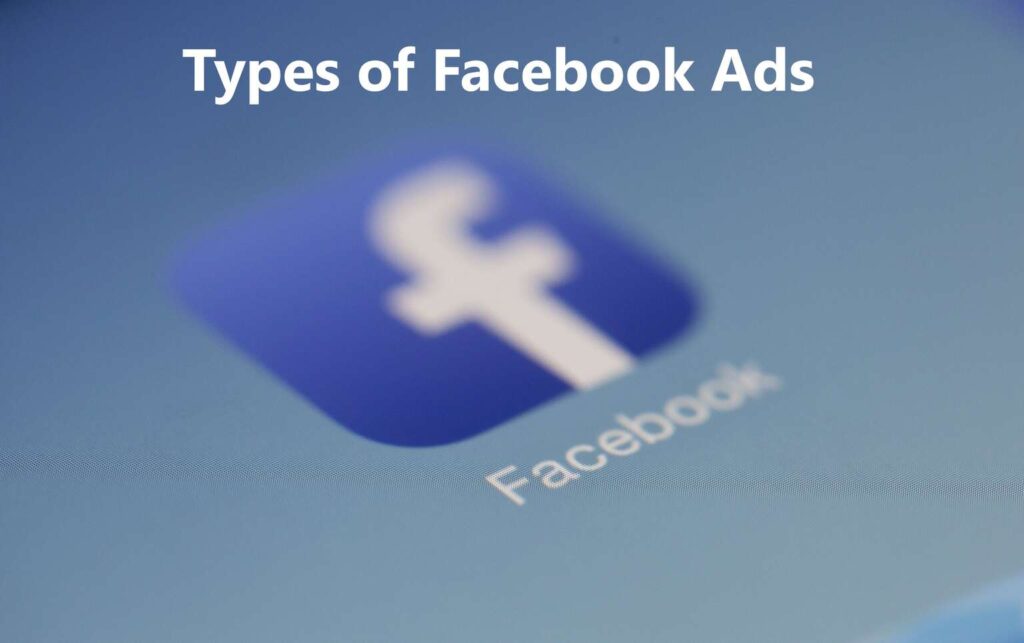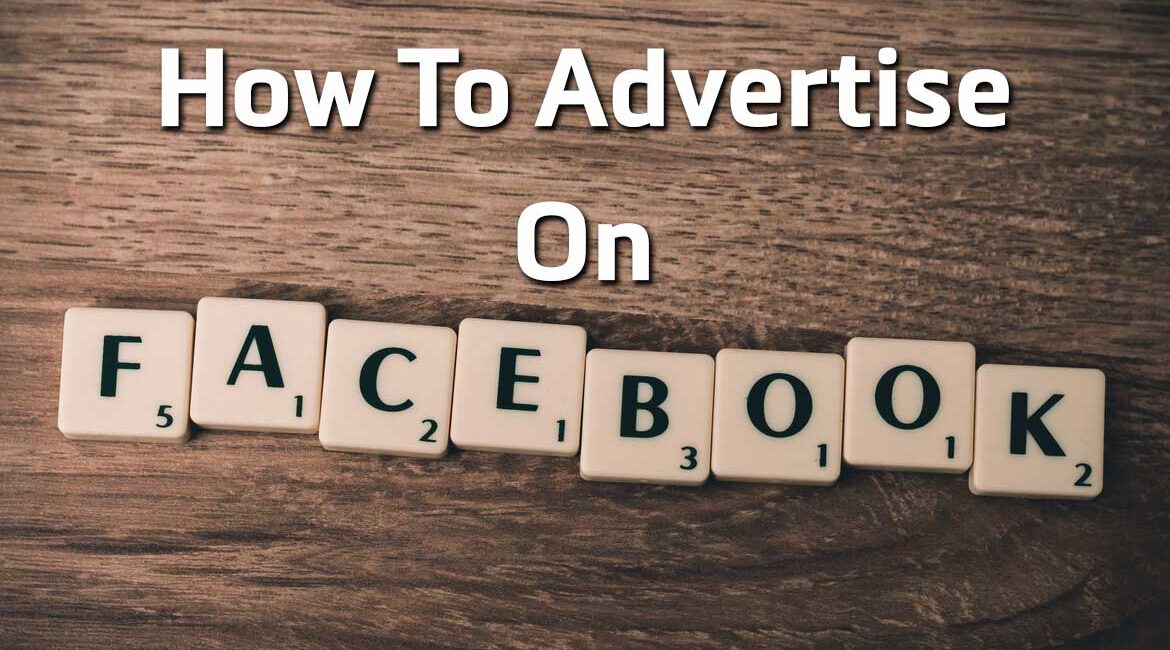How to advertise on Facebook: Complete Facebook Ads guide for 2023
If you are thinking about how to run Facebook ads for money effectively then this article is for you. If you see an ad campaign on your Facebook timeline, you may not think much of it. Maybe you’re not interested.
Maybe pause before you pass. Or maybe that’s exactly what you wanted. As a consumer, this last option sounds like an exciting risk — the product or service you need falls into your lap.
But like the market, these times are not just coincidence.
Implementing FB ads that get enough interest per click, and especially conversions, is a careful science. Your campaign goal needs to identify the right people, how to run Facebook ads for money at the right time, with the right content.
Yes, you cannot control the behavior of your customers online, but you can predict and respond to it when you create, publish, and direct your Facebook advertising strategy.
Who: Identifying the right audience:
The beauty of advertising on Facebook is how easy it is to reach the right people. But with over 2.7 billion active users each month, you should start by identifying different audiences and how they will respond to different products, events, and advertising campaigns.

First, let’s take a look at the factors affecting your best target audience for Facebook ads manager.
By location – This is straightforward but powerful yet. If you are hosting private events, pop-up stores, special retail, or your services are offered in selected locations only, it is important that you first sort out the people who will not benefit from your business. You can also direct broad categories, such as users in major cities or rural cities.
Age and Gender – Identifying based on these broad demographics requires a few basic equals about your target audience. It is incomplete, but still useful, to determine the target audience of your product and direct your content to those groups.
Advertising cookware for women in their 30s may be considered stereotyping but is probably not accurate, either. However, there are more complex ways to make high conversion ads without drawing on such wide lines.
Interestingly – The beauty of Facebook is that people tell you exactly what they like. This is a sure way to get the right content in front of caring users. For example, you could advertise running shoes for athletes or art and craft items for active scrap bookers.
You can point out your same cooking utensils for people who like the pages of famous chefs and cooking schools or who are in the recipe team.
Life events – Usually, companies advertise to the right people but at the wrong time in their lives. Creating target groups based on a live event — a revision of education, a change in relationship, moving to a new city — will ensure that the timing is right, too.
For example, you may want to identify pregnant women with baby clothes, recent college graduates with master’s degree programs, and city furniture installation, online packages, and employer insurance.
Depending on the product or service offered, many of these targeted markets may be less specific. But reaching out to the right people is the first step toward achieving high conversion rates. So how can we go deeper and make it happen?
Use data-driven research — not gut feeling and “positive emotions” —to create well-defined users. These are the basic segments of your customers that may be interested in the different sections of your business. Other common segments include:
- Industries and jobs
- Location
- Marital status
- Level of education
Identify appropriate intersections between these different people. For example, if you create educational content to help professionals succeed, your people can include the industries you provide.
But if you were advertising a promotion in an online course called How to Finish Your MBA Discussion, you would like to point out a meeting of business professionals and university graduates.
If that is still very common, you can add input and output to further reduce your width. In this case, you may want to include those with a bachelor’s degree but exclude anyone who already has a master.
You may also want to avoid high school diplomas, as these well-meaning employees may be less likely to go back to school. You may especially want to include freelancers or freelancers and direct ads that appeal to their creative, self-serving attitude.
The possibilities are endless if you clearly understand your current customer base and niche expansions.
Performance points:
- Add the Facebook pixel and Conversions API to your website if you have not already done so.
- Use the important data they collect to create well-tuned customer people.
- Identify sections for consumer cross-sections niche for specific ads and promotions.
When: Launches Ads at Higher Times
Like the 1-5 during running hour or CBS on Super bowl Sunday, there are occasional moments with extra traffic. This extends to the internet, and to Facebook, in particular.
For Facebook ads time of day is extremely important. But unlike the rush hour when everyone seems to be on the move, there are different peak times for different demographics.

Think about this: during the first episode of TV advertising, you would not be doing business directed at CEOs and business executives at 2:00 pm on Tuesday because they would be in the office, not in the living room. Of course, business executives can now search on Facebook at any time of the day but they will probably do so say, 7:00 am or 7:00 pm.
If you do not know how to use the Facebook ad annotations that your target audience sees, you should start tailoring your system to match these custom audiences.
Performance points:
- Use Facebook and Google Analytics to collect complete data about your viewers’ behaviour, both on social media and on your site.
- Analyse information about engagement to make informed predictions about conversions.
- Browse specific sections of your audience network to find appropriate schedules for different demographics.
11 Types of Facebook ads:

- Image ads:
By using image ads, you can start your paid advertisement on Facebook greatly. You can create one with just a few clicks by enhancing the existing post with an image from your Facebook page.
Image ads may be easy, but that doesn’t mean they should be boring.
For example, you may think that domain names are a good ho-hum product. But that doesn’t stop the Canadian Internet Registration Authority from making fun ads for Facebook photos.
- Video ads:
Video ads can play in the News and News Feed, or they may appear as commercials within long Facebook videos. Video ads may show your team or product working.
Like image ads, video ads can also take a creative approach.
Your video ads are not required to use recorded video. You can also create images such as GIF or other images to attract attention or define what is offered.
- Poll ads:
This Facebook mobile-only ad component integrates a component by adding a two-option survey to an image or video ad. You can add a different link for each survey option.
Both you and the respondents will see the number of responses in each voting option.
- Carousel ads:
A carousel ad uses up to 10 images or videos to display your product or service.
You can use this format to highlight the different benefits of one product, a few different products or use all the images together to create one great panorama image.
Each photo or video can have its own link. In the ad below, each “Buy Now” button goes directly to the plant’s sales page in the image accompanying this article.
- Slideshow ads:
Slideshow ads provide an easy way to create short video ads from a collection of still images, text, or video clips.
Slide show ads have eye-catching action, like videos, but use five times more data. Therefore, they load well with people on a slow internet connection. They are an easy, low-key way to attract attention.
You can create your own ad and add text and music within the Ad Manager.
- Collection ads:
These paid Facebook ads, which are only offered on mobile devices, allow you to display five photos or videos that customers can click to purchase a product or service.
Collection ads adhere to Instant Content and allow people to purchase your products without leaving Facebook. This makes online shopping easier when people are traveling.
- Instant Experience Ads:
Instant Experience ads have long been called Canvas. It is a full screen ad format that loads 15 times faster than a mobile website other than Facebook.
You can also link a few Instant Feeds together so people can access even faster mobile content.
- Top ads:
Leading ads are only available on mobile devices. That’s because they are specially designed to make it easy for people to give you their contact details without having to type much.
Be prepared to collect newsletter subscriptions, sign up for someone else to test your product or let people ask for more information from you. A few car manufacturers have successfully used it to promote test drive.
car manufacturers like Endo moto use leading ads
Because these ads are an excellent way to feed your sales channel, we have a complete guide to using the leading Facebook ads. Brings up all the information you need to know to make the most of this important type of Facebook ad campaign.
- Powerful ads:
Flexible ads allow you to promote targeted products to potential customers.
For example, suppose someone visited a product page or put a product on his shopping cart on your website, but you stopped shopping. With flexible ads, you can advertise that particular product in their Facebook feed.
This reminds the customer that they may have completed the purchase, and may be Facebook’s most effective marketing strategy.
It’s not just product selection that can be powerful. The Taiwanese beverage brand Nature Fruit used flexible ads to control the language settings of its ads when it entered Malaysia.
This has allowed them to create a single ad that automatically plays in English or Simplified Chinese, based on user preferences. The result was a 25% lower cost per cart.
- Messenger ads:
Facebook Messenger ads give you access to 1.3 billion people who use Messenger every month. When you create your ad, simply select Messenger as your desired location. You also need a Facebook feed option.
You can also launch “click-to-Messenger” ads in the Facebook feed. These ads include a call-to-action button that opens the chat conversation with your Facebook page. People can use it to have a personal conversation with each of your vendors or to represent customer service.
- News ads:
Cell phones are designed to be held straight up. News ads are the only full-screen mobile video format that allows you to maximize on-screen sales houses without expecting viewers to turn their screen.
Stillhouse Spirits Co. ran Facebook Stories ads as part of a campaign to reach U.S. men. aged 21 to 40 years. They specifically targeted advertisements for alcohol lovers, cocktails, mountaineers and outsiders.
Statistical facts about the results of Facebook Ads:
- In 70% of surveys, direct ads have a significant increase in product promotion and a three-to-nine-point increase in ad targeting.
- Facebook offers a high return on all paid channels for most companies. More than one in three Facebook ads list as their best players by ROI, ahead of Google Paid Search and Instagram.
- The average cost per click on Facebook is $ 1.86.
- The average cost per thousand views per Facebook is $ 11.20.
- As of Q2 2021, revenue for Facebook ads has been growing at 10%.
- Word stream research found that across all industries, the average click-through rate on Facebook ads is 0.90%.
- A similar Word stream study found that the average conversion rate in Facebook ads is 9.21%.
- Word stream also found that the average cost per action is $ 18.68.
- Cost per click is more expensive on Fridays and cheaper on Sundays.
- Cost-per-like campaigns are the cheapest during Q1 of the year.
- In another Ad Espresso study, they found that the placement of mobile ads exceeds the desktop by more than 45%.
- A Buffer survey found that spending $ 5 a day on Facebook ads showed a 9-page popularity on their Facebook page, 1 click on the landing page, and reached 787 new people.
- Adding a call-to-action button on your Facebook ad improves click-through rate by 2.85x.
- According to data from Word stream, the law boasts the highest click-through rate in any industry at 1.61%.
- A similar Word stream analysis found that Employment & Job Training suffers from very low click rates of 0.47%.
- Of all the merchants who use Facebook, 20% consider advertising the most important feature on the site to achieve their goals.
- A review by Ad Espresso found that changing the call to action from “Subscribe” to “Learn More” improved the ad click on an ad by 22.5%.
- However, a similar test found that the call to action “Register” caused a higher conversion rate of 14.5%.
- According to OkDork, many ads are pushing a person to buy a product conversion of 0.1% -0.2%.
- OkDork has found that using ads to collect email addresses changes about 20%.
- A survey of Australian Facebook users found that 48% said they bought after watching a company video.
As Social Media Marketing Agency, we also provide Social Media Marketing Services, please check them out as well.
Want us to call back? Hit this link.
Frequently asked questions (FAQ’s):
- What is the difference between an advanced post and a targeted ad campaign?
“Enhancing” posts on Facebook is one of the easiest ways to reach your potential customers. With a single click, enhanced posts can dramatically increase access to your posts. On the other hand, a real targeted ad campaign, giving you more control over where your ad will be placed and to whom it will target. Enhanced posts and targeted ads don’t look very different to the user being shown, but they are very different in the end.
- Do you need different accounts to play ads on Facebook, Instagram, and Messenger?
No — the short answer is, they are all controlled by one forum: Facebook Ads Manager, and you can make things as simple or complex as you like. You do not need a special budget or a unique ad art… unless you want to.
- What Is an “Audience Building”?
Creating an audience with Facebook advertising refers to finding and connecting with groups of people who might be interested in your content, and then developing that connection by categorizing those users and continuing to tailor your content to their specific interests according to the most customized methods.
- Where should I be advertising — Facebook or Google Ads?
The answer to this is “yes”. You should definitely do both! There are many unique benefits to both Facebook and Google Ads, and a successful digital marketing campaign rarely puts all its eggs in one basket — a balanced and organized effort that plays into the strengths and weaknesses of each advertising platform.
- How does Facebook reconstruction work?
Facebook redirect lets you create custom marketing lists for people who are already connected to your product — they might visit a particular page on your website or watch a particular video, or you already have their email address or phone number — and allow you to create a re-marketing campaign to target them again. and bring them closer to closing.
Have some time? Visit our website or Facebook page to know more.



